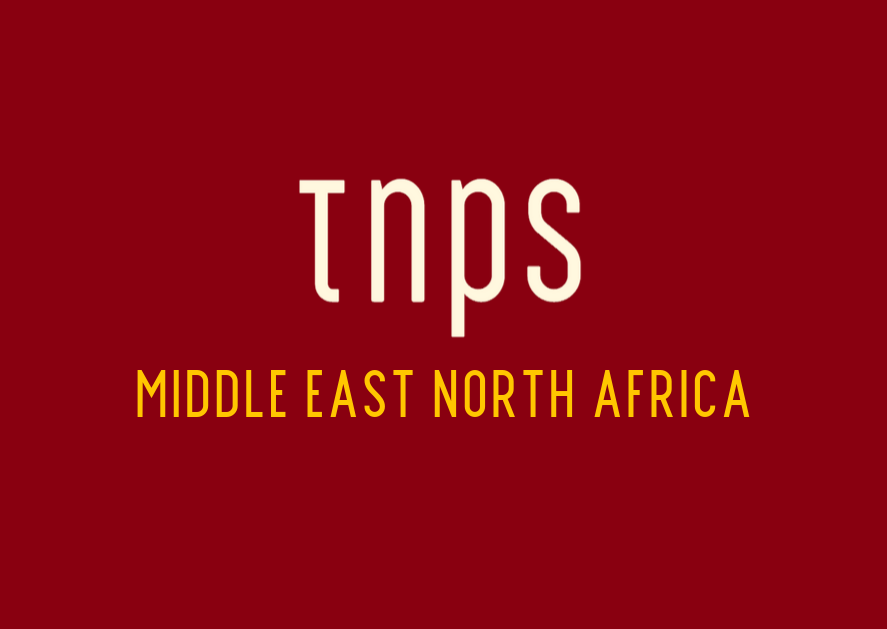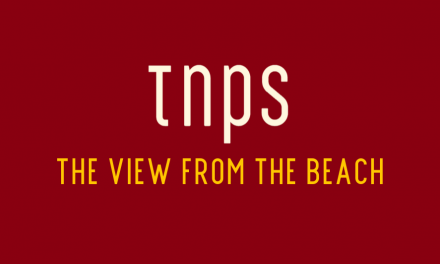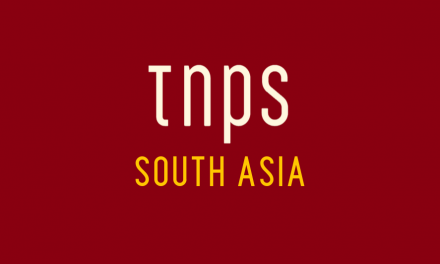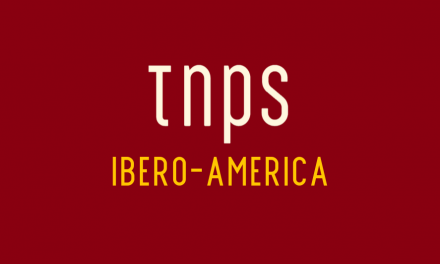When Oman’s Muscat International Book Fair scraped across the magical one million visitors mark in 2018, by just 60, clocking an elegant attendance of 1,000,060, the big question was, could it be repeated?
Oman, after all, is an Arab nation in the Middle East. Hardly a hot bed of publishing and reading. Or so we’re told.
Yet this year Oman for the second year in succession attracted over one million visitors to its book fair. This time 1,000,212 turned out for a Middle East book fair.
Regulars here at TNPS won’t be so very surprised. In fact some of the biggest book fairs on the planet happen in the MENA (Middle East North Africa) region.
A MENA book fair pulling a crowd of 250,000 is par for the course. The Sharjah Children’s Book Festival, anyone?
A half million? Let’s put forward Casablanca as an example. 550,000 visitors this year.
Yet even Muscat’s million crowd last month is not that surprising in MENA. The Algiers International Book Fair pulled in 2.2 million last year, and was narrowly beaten by the Sharjah International Book Fair in the United Arab Emirates. But bigger by far is the Cairo International Book Fair in Egypt.
Nothing in the mainstream western Anglophone markets comes close.
One reason is that MENA book fair organisers understand books are a form of entertainment, and that they make these fairs cultural events for all the family.

This year the Muscat fair held a two-day seminar, “Our Children and the Media of the Future”, organised by the Ministry of Information in cooperation with the Children’s Public Library and UNICEF Oman,
which concluded with the recommendations that there should be special programmes for children on TV, online shows on Youtube, social media channels, and magazines that interact directly with children in Oman (and) “a comprehensive strategy for media to instil the values of citizenship and pride in children, cooperation with local and international institutions to develop these values, and to designate channels, magazines, websites, social media accounts, and youtube channels that speak directly to children. Another recommendation was to protect children from negative media cultures that come from the use of new media.”
Via the Times of Oman.
And there we have the other key factor in the Arab Renaissance – digital technology.
Ebooks and digital audio have yet to become a big part of the Arab Renaissance, but that’s more to do with the chicken and egg problem of very little Arab content being digitised because there are very few places to distribute, meaning very little content is digitised…
But it is social media and other digital channels that drive awareness of both books and the region’s book fairs that in turn drives these huge crowds.
The Arab ebook and audiobook revolution is an event waiting to happen, and intriguingly it’s audio leading the way right now.
In the next decade we’ll see both ebook and audiobook take-up soar across the region.
But it won’t be a one-way street. The Global New Renaissance we are witnesses to and participants in is a gateway opportunity.
In the 2010s the publishing industry has evolved with the notion that, to the extent that the global book markets exist at all, they are places for western publishers to reach new consumers. And there’s no doubt that is happening.
But as said, this is a gateway opportunity, and what we’re already seeing is a far more international interaction between countries and across continents, not least with more content reaching the western markets, but also more exchanges of content between emerging markets.
That will continue to gather momentum in the next decade and, as more content becomes digitised, so western publishers will need to come to terms with the idea that the emerging markets are not just sales opportunities, but also rivals in our domestic markets.
The global book markets are about to get a whole lot more exciting in the 2020s, and all formats will play a role.





